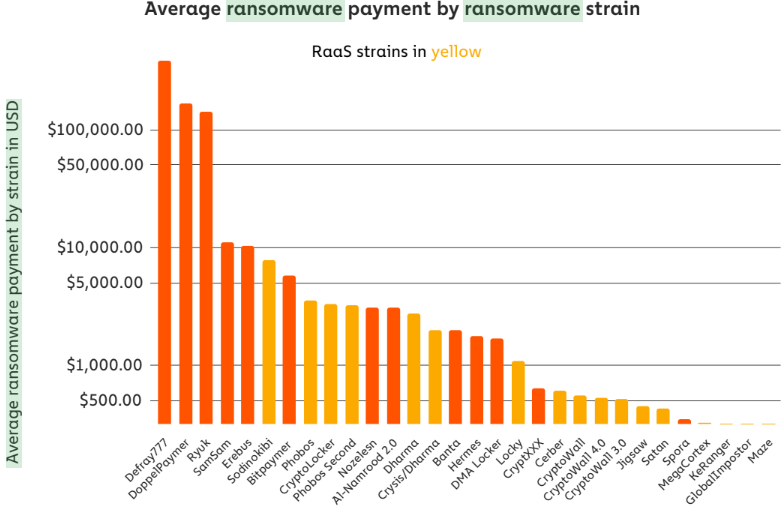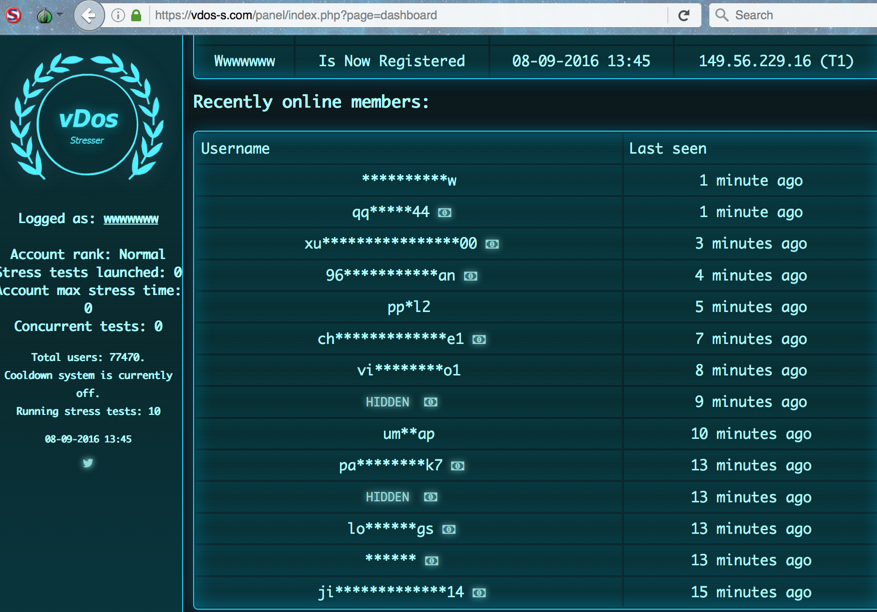A well-connected Russian hacker once described as “an asset of supreme importance” to Moscow was sentenced on Friday to nine years in a U.S. prison after pleading guilty to running a site that sold stolen payment card data, and to administering a highly secretive crime forum that counted among its members some of the most elite Russian cybercrooks.

Alexei Burkov, seated second from right, attends a hearing in Jerusalem in 2015. Photo: Andrei Shirokov / Tass via Getty Images.
Aleksei Burkov of St. Petersburg, Russia admitted to running CardPlanet, a site that sold more than 150,000 stolen credit card accounts, and to being a founder of DirectConnection — a closely guarded underground community that attracted some of the world’s most-wanted Russian hackers.
As KrebsOnSecurity noted in a November 2019 profile of Burkov’s hacker nickname ‘k0pa,’ “a deep dive into the various pseudonyms allegedly used by Burkov suggests this individual may be one of the most connected and skilled malicious hackers ever apprehended by U.S. authorities, and that the Russian government is probably concerned that he simply knows too much.”
Burkov was arrested in 2015 on an international warrant while visiting Israel, and over the ensuing four years the Russian government aggressively sought to keep him from being extradited to the United States.
When Israeli authorities turned down requests to send him back to Russia — supposedly to face separate hacking charges there — the Russians then imprisoned Israeli citizen Naama Issachar on trumped-up drug charges in a bid to trade prisoners. Nevertheless, Burkov was extradited to the United States in November 2019. Russian President Vladimir Putin pardoned Issachar in January 2020, just hours after Burkov pleaded guilty.
Arkady Bukh is a New York attorney who has represented a number of accused and convicted cybercriminals from Eastern Europe and Russia. Bukh said he suspects Burkov did not cooperate with Justice Department investigators apart from agreeing not to take the case to trial.
“Nine years is a huge sentence, and the government doesn’t give nine years to defendants who cooperate,” Bukh said. “Also, the time span [between Burkov’s guilty plea and sentencing] was very short.” Continue reading






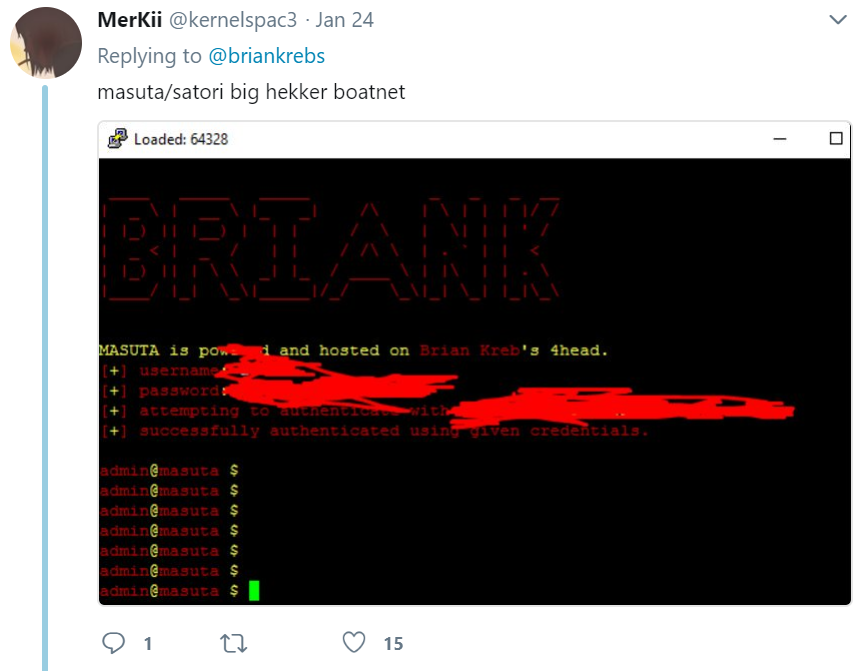



 On June 16, authorities in Michigan arrested 29-year-old Justin Sean Johnson in connection with a 43-count indictment on charges of conspiracy, wire fraud and aggravated identity theft.
On June 16, authorities in Michigan arrested 29-year-old Justin Sean Johnson in connection with a 43-count indictment on charges of conspiracy, wire fraud and aggravated identity theft.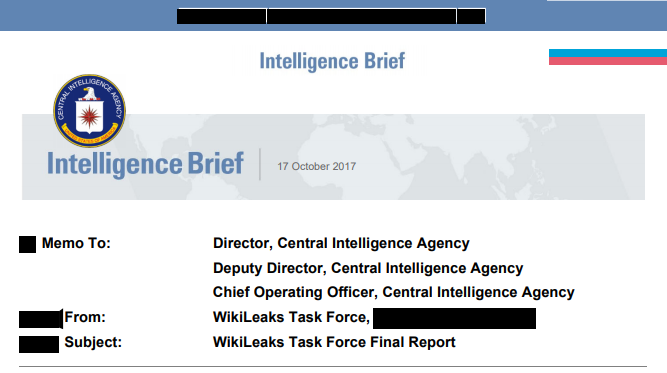
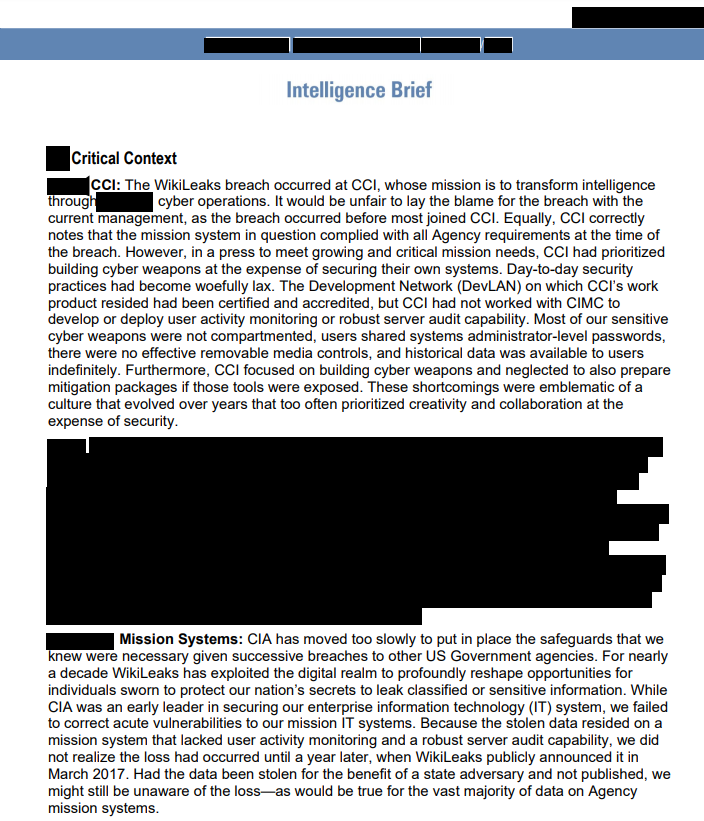
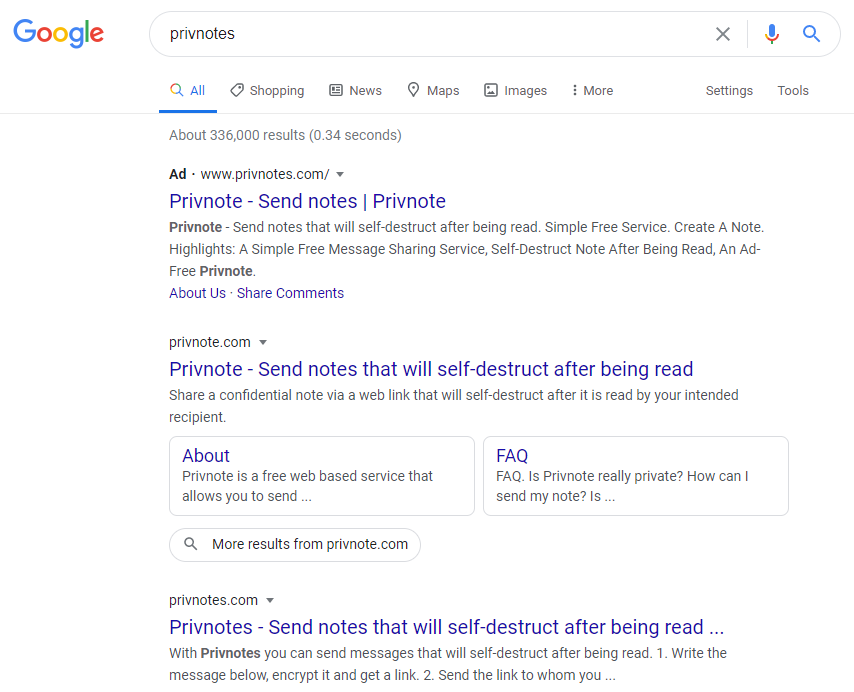
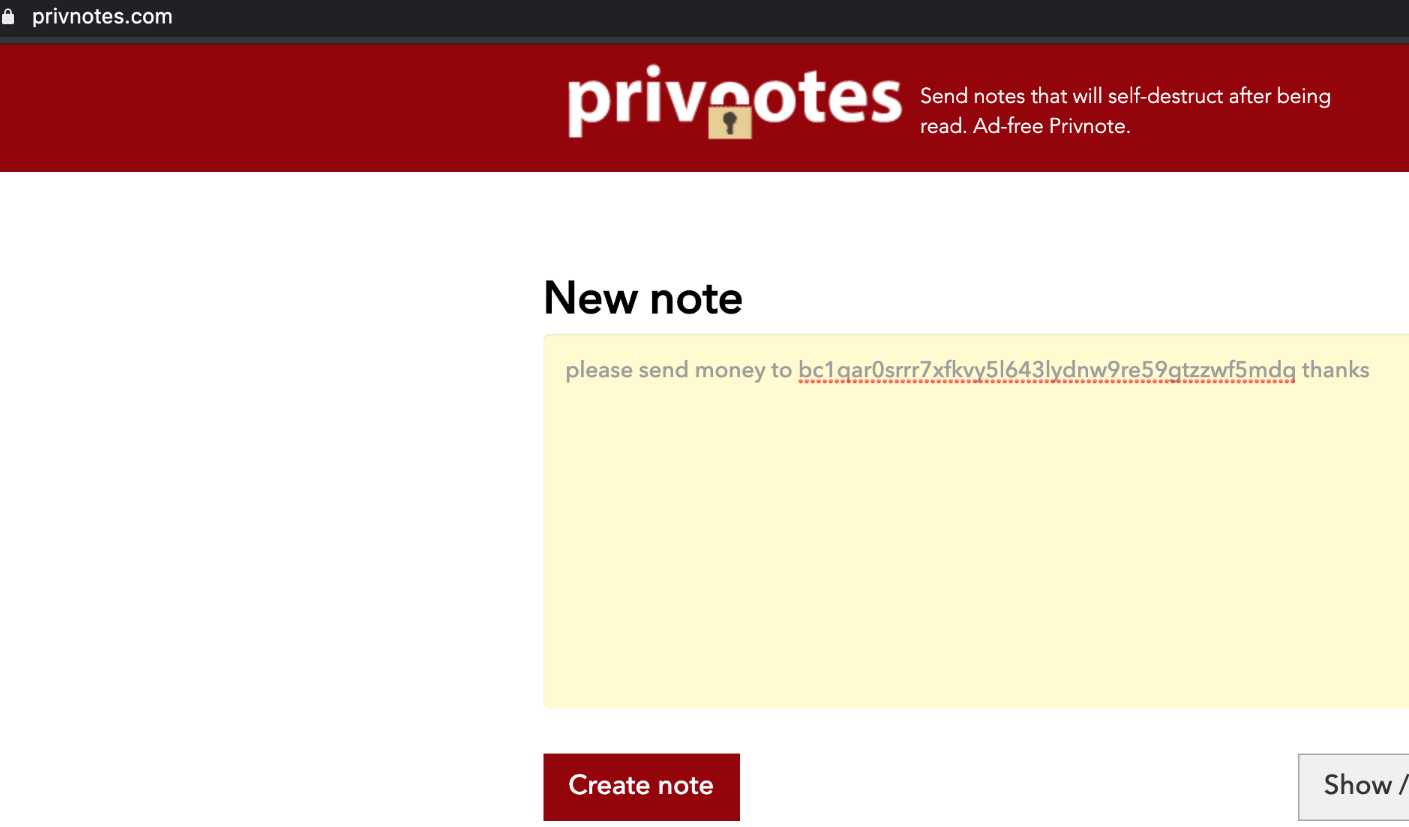
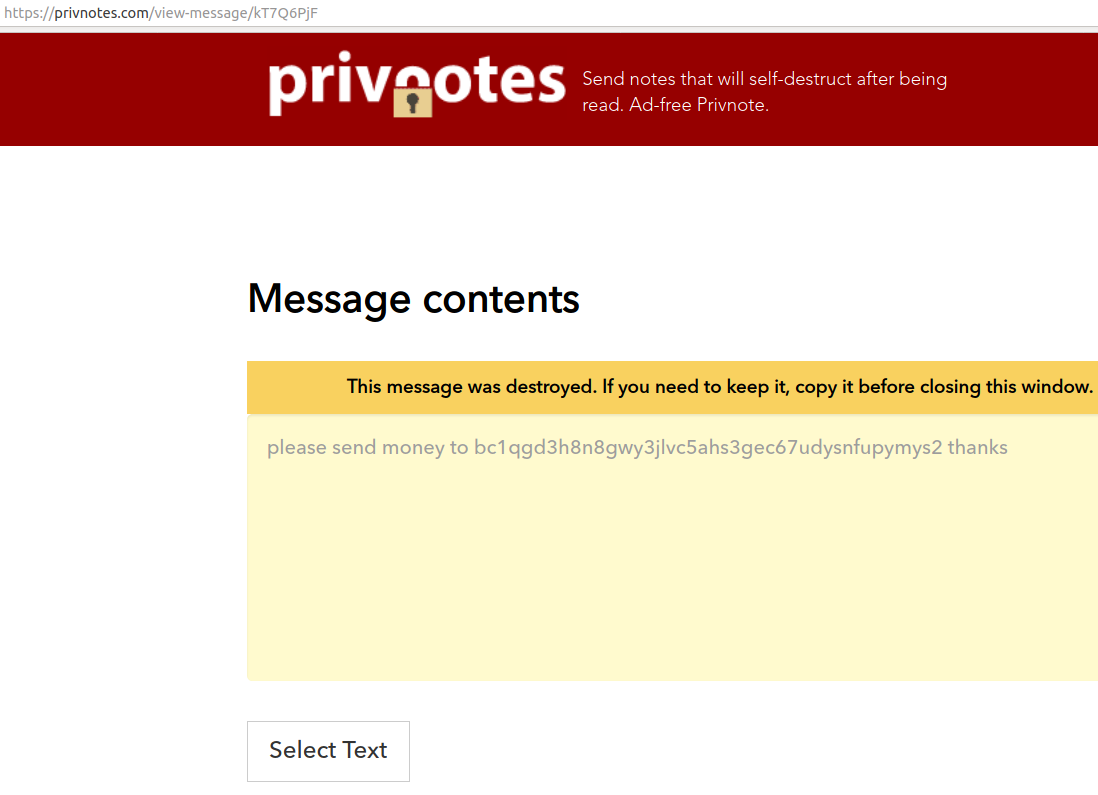
 June marks the fourth month in a row that Microsoft has issued fixes to address more than 100 security flaws in its products. Eleven of the updates address problems Microsoft deems “critical,” meaning they could be exploited by malware or malcontents to seize complete, remote control over vulnerable systems without any help from users.
June marks the fourth month in a row that Microsoft has issued fixes to address more than 100 security flaws in its products. Eleven of the updates address problems Microsoft deems “critical,” meaning they could be exploited by malware or malcontents to seize complete, remote control over vulnerable systems without any help from users.
